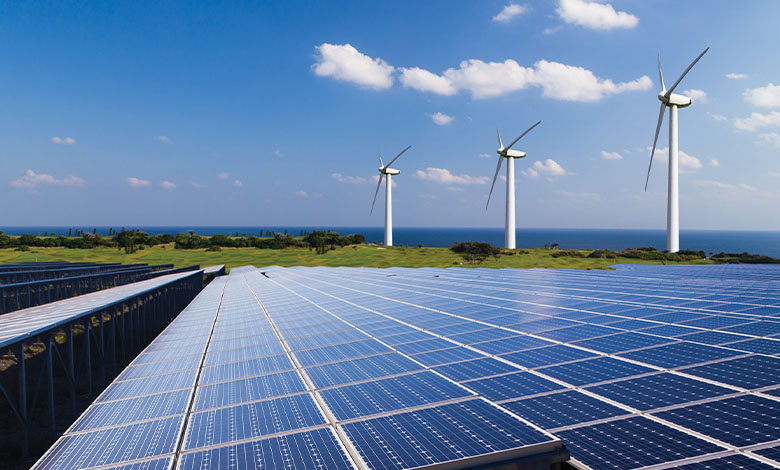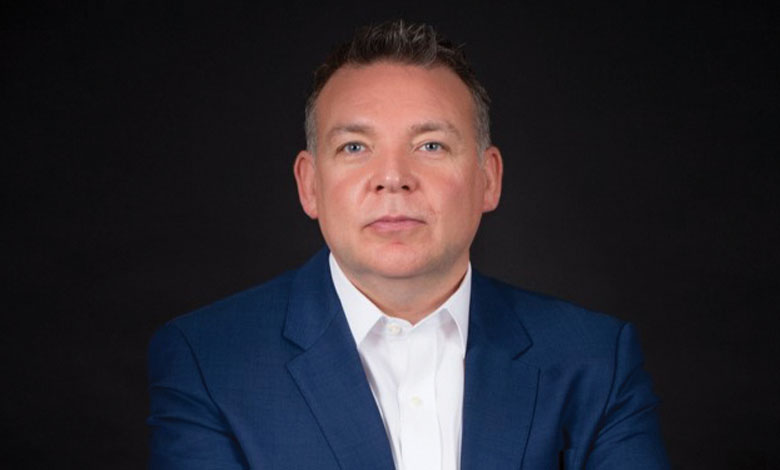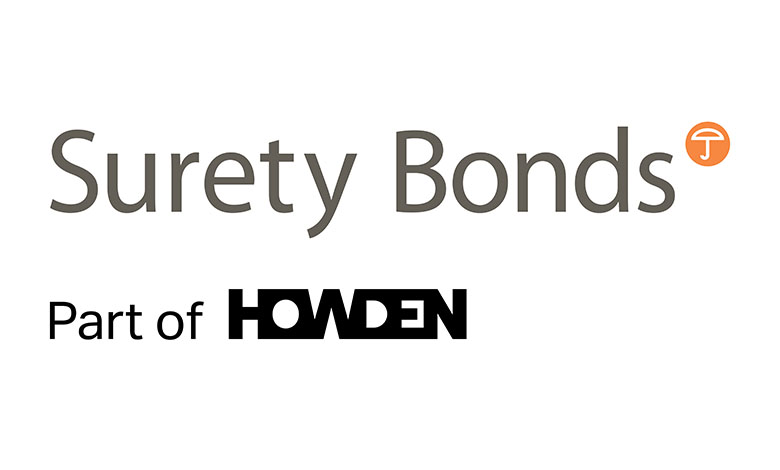The challenges of building wind farms in Ireland

Building wind farms in Ireland presents several challenges due to regulatory, environmental, and social factors. While Ireland boasts significant wind energy potential, harnessing it effectively requires navigating these complexities, writes Colm McGrath, Managing Director of Surety Bonds.
 One major obstacle is the planning process. The planning permission process in Ireland involves extensive environmental assessments, public consultations, and regulatory approvals. This can be time-consuming and costly, often leading to delays in project development. Additionally, Ireland’s landscape is rich in natural beauty, with many areas designated as protected habitats or cultural heritage sites. As a result, proposed wind farm sites may face opposition from environmental groups and local communities concerned about the impact on scenery, wildlife, and historical landmarks.
One major obstacle is the planning process. The planning permission process in Ireland involves extensive environmental assessments, public consultations, and regulatory approvals. This can be time-consuming and costly, often leading to delays in project development. Additionally, Ireland’s landscape is rich in natural beauty, with many areas designated as protected habitats or cultural heritage sites. As a result, proposed wind farm sites may face opposition from environmental groups and local communities concerned about the impact on scenery, wildlife, and historical landmarks.
Ireland’s wind resources are abundant but variable, relying heavily on turbulent weather patterns driven by the Atlantic Ocean. This intermittency poses challenges for grid stability and energy supply reliability requiring sophisticated forecasting and energy storage solutions to mitigate risks.
Moreover, Ireland’s grid infrastructure faces constraints in certain regions, particularly rural areas where wind resources are abundant. The country’s electricity grid was designed primarily to accommodate traditional, centralised power generation sources, such as fossil fuels. Integrating large amounts of wind power into the grid requires upgrades to transmission lines and substations to handle the variable nature of renewable energy sources and to facilitate the transmission of electricity from remote wind farm locations to urban centres.
Offshore have even more development challenges. While Ireland has vast offshore wind potential developing offshore wind farms involves even greater technical, regulatory, and financial complexities compared to onshore projects. Dealing with harsh marine environments, securing seabed leases, and addressing concerns from fishing industries and coastal communities all contribute to the difficulty of offshore wind development.
Additionally, there are economic considerations. While wind energy has become increasingly cost competitive in recent years, initial investment costs for wind farm development can be substantial. Securing financing for projects and obtaining favourable terms for grid connections can be challenging, particularly for smaller developers or in the face of uncertain policy support or market conditions.
In conclusion, while wind energy holds great promise for Ireland’s renewable energy transition, the numerous challenges inherent in wind farm development underscore the need for comprehensive planning, stakeholder engagement, and innovative solutions to overcome barriers and realise the full potential of this clean energy source allowing Ireland to become a net exporter of renewable energy.

T: 086 818 9702
E: colm@suretybonds.ie
W: www.suretybonds.ie





